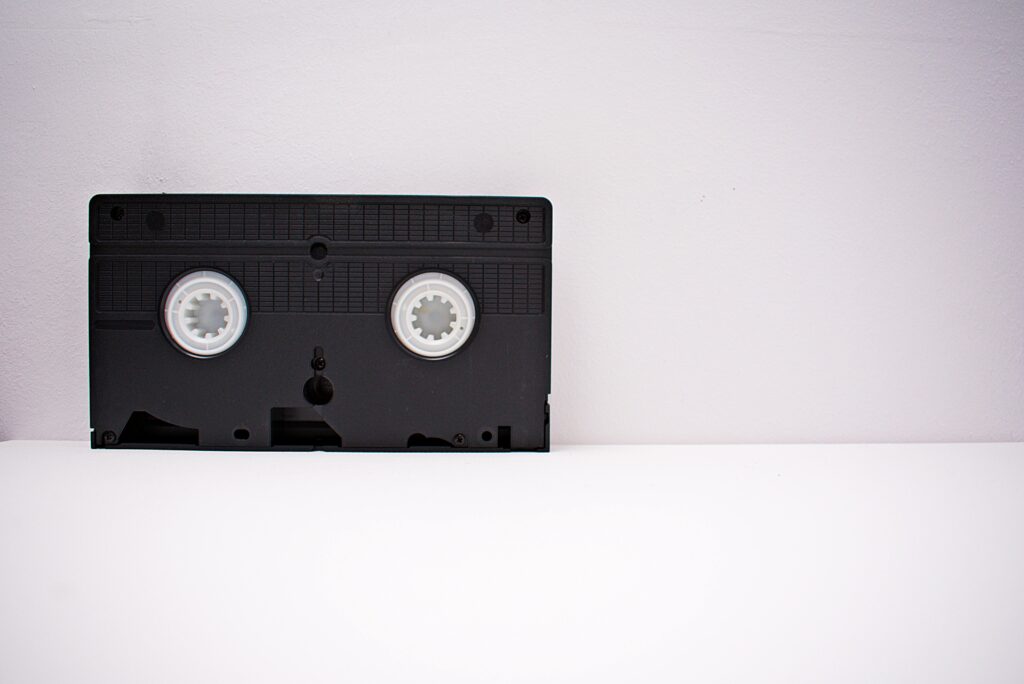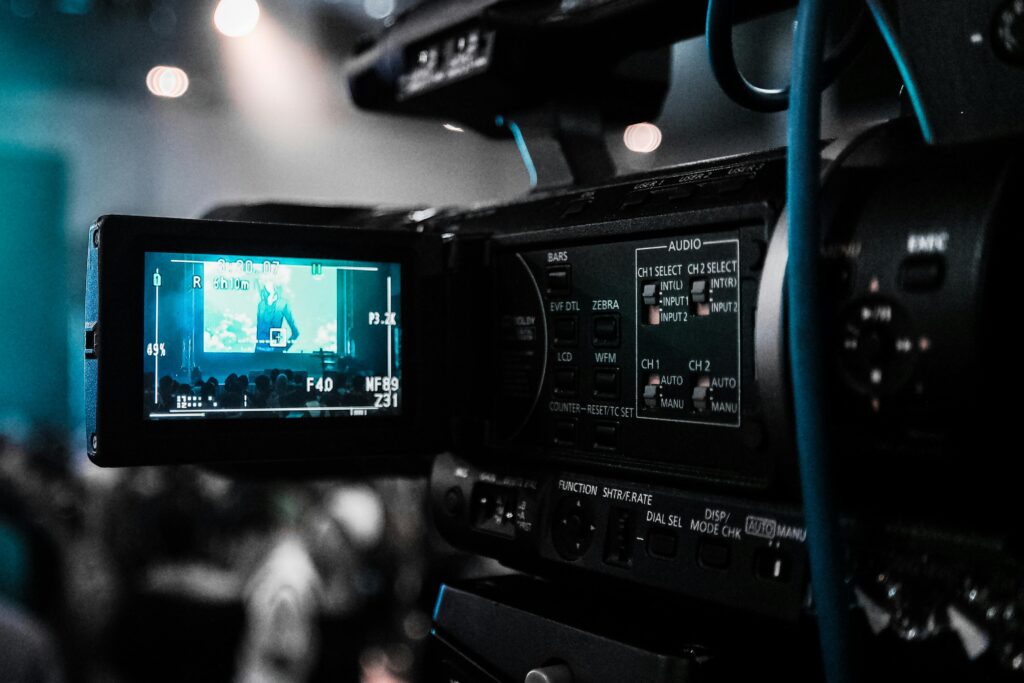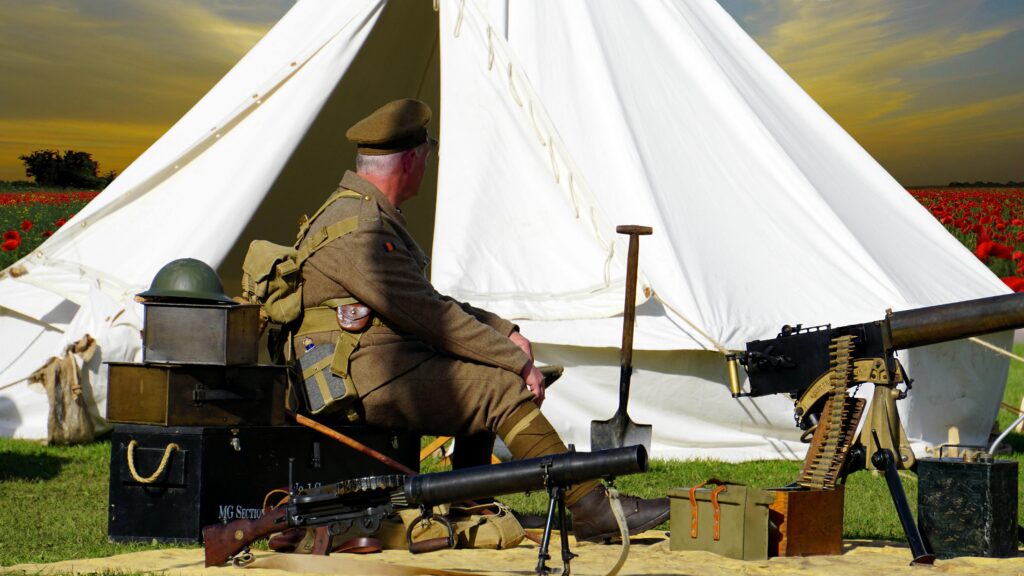Cinematography, the art and science of capturing moving images, has undergone a remarkable transformation since its inception. From the rudimentary experiments of the late 19th century to the sophisticated digital techniques of today, the evolution of cinematography reflects the dynamic interplay between technological innovation and artistic expression.
The Birth of Motion Pictures
The journey of cinematography began in the late 1800s with inventors striving to capture and project moving images. Thomas Edison’s Kinetoscope, introduced in 1891, allowed individuals to view short films through a peephole viewer. Concurrently, the Lumière brothers in France developed the Cinématographe, a device that functioned as a camera, projector, and printer. Their public screenings in 1895 are often hailed as the birth of cinema, captivating audiences with scenes of everyday life.
The Silent Era: Visual Storytelling
During the silent film era, filmmakers relied solely on visual elements to convey narratives. Directors like Georges Méliès pioneered special effects and imaginative storytelling, as seen in his 1902 film “A Trip to the Moon.” The absence of synchronized sound necessitated expressive performances and innovative camera techniques to engage audiences.
Advancements in Camera Techniques
Early cinematographers experimented with camera movements and framing to enhance storytelling. Techniques such as close-ups, cross-cutting, and tracking shots were developed to create emotional depth and dynamic narratives. These innovations laid the groundwork for modern filmmaking practices.
The Introduction of Sound: The Talkies
The late 1920s marked a seismic shift with the advent of synchronized sound in films. “The Jazz Singer” (1927) is credited as the first “talkie,” featuring both dialogue and musical performances. This innovation transformed the industry, leading to new genres and storytelling methods. However, the transition posed challenges, including the need for soundproof studios and changes in acting styles to accommodate dialogue.
The Advent of Color: Technicolor and Beyond
Color cinematography began to gain prominence in the 1930s. Early processes like Technicolor utilized multiple film strips to capture a range of hues, resulting in vibrant visuals. Films such as “The Wizard of Oz” (1939) showcased the potential of color to enhance storytelling and create immersive worlds. The development of single-strip color film in the 1950s made color filmmaking more accessible and widespread.
The Golden Age of Hollywood: Refining Cinematic Techniques
The 1930s and 1940s, often referred to as Hollywood’s Golden Age, saw the refinement of cinematographic techniques. The implementation of three-point lighting became standard, allowing filmmakers to control mood and focus within scenes. Camera movements became more fluid with the introduction of equipment like dollies and cranes, enabling dynamic storytelling.
Film Noir and Lighting Innovations
During this period, the film noir genre emerged, characterized by its use of low-key lighting and stark contrasts to create suspenseful atmospheres. Cinematographers employed chiaroscuro lighting to emphasize moral ambiguity and psychological depth, influencing visual storytelling for decades to come.
The New Wave Movements: Breaking Conventions
The mid-20th century witnessed the rise of New Wave cinema movements, such as the French New Wave and Italian Neorealism. Filmmakers challenged traditional norms by utilizing handheld cameras, natural lighting, and improvisational techniques. This era emphasized realism and personal expression, expanding the possibilities of cinematographic storytelling.
The Digital Revolution: A New Era
The late 20th and early 21st centuries ushered in the digital revolution in cinematography. Digital cameras offered filmmakers greater flexibility, cost-effectiveness, and the ability to shoot in various lighting conditions. Post-production processes were transformed with digital editing software, allowing for intricate visual effects and color grading.
Computer-Generated Imagery (CGI)
Advancements in CGI enabled the creation of realistic environments and characters, expanding the scope of visual storytelling. Films like “Jurassic Park” (1993) demonstrated the potential of digital effects to create lifelike creatures and immersive worlds, setting new standards for visual spectacle in cinema.
Contemporary Innovations: Virtual Reality and Beyond
Today, cinematography continues to evolve with the integration of virtual reality (VR) and augmented reality (AR). These technologies offer immersive experiences, allowing audiences to engage with narratives in interactive ways. Additionally, the use of drones has revolutionized aerial cinematography, providing dynamic perspectives previously unattainable.
The Role of Artificial Intelligence
Artificial intelligence (AI) is increasingly influencing cinematography, from automating editing processes to enhancing visual effects. AI algorithms can analyze footage for optimal color grading and scene composition, streamlining workflows and opening new creative possibilities for filmmakers.
Conclusion
The evolution of cinematography is a testament to the relentless pursuit of innovation and artistic expression. As technology continues to advance, the future of cinematography promises even more groundbreaking developments, further blurring the lines between reality and imagination in the art of filmmaking.
For a deeper exploration of cinematography’s aesthetic evolution, consider reading the insightful article on Filmustage’s blog.


